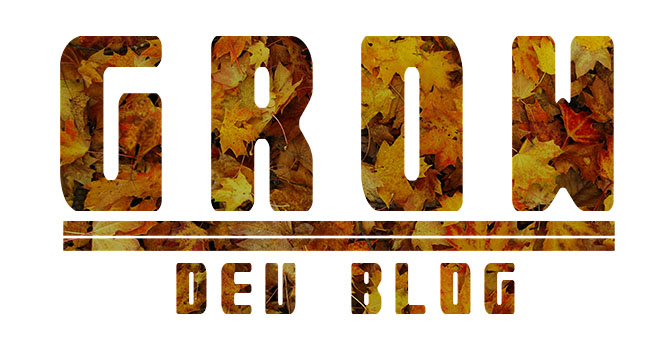Game is coming out great so far. Rule book is being made in InDesign, Game Bits are all being painted and/or stained, and the box art is being created in Illustrator.
Below is some updates on our pieces, we changed the look of the beetles since they looked very close to an alien head before...the new design is much better. We also have a base laser cut! This will be stained along with the beetles shortly.
Below is some updates on our pieces, we changed the look of the beetles since they looked very close to an alien head before...the new design is much better. We also have a base laser cut! This will be stained along with the beetles shortly.










